By Christopher Miskimon
In the last days of March 1945, a soldier named Carl Getzel sat on a hill outside the city of Aschaffenburg and watched as it was slowly destroyed. The young private was part of the American 157th Infantry Regiment, 45th Division. His unit was tasked to take this town but it had been hard going; the German troops inside the city were putting up a determined defense.
At echelons far above Carl, the decision was made to bombard the city. Artillery and air strikes pounded the once-beautiful town, but from his vantage he saw the a third, little known weapon wreak its own havoc. Not far behind him sat Company C, 2nd Chemical Mortar Battalion, equipped with the M2 4.2-inch mortar. Bombs from the mortars flew overhead to land in the city. As he watched, the projectiles crashed into buildings, bringing several down. It was an awesome display of firepower; Company C would fire 1,519 rounds of ammunition into Aschaffenburg during the last three days of March alone.
The Making of the Chemical Mortar
Although this account describes the 4.2-inch mortar (commonly nicknamed the “four-deuce”) as a close support weapon for frontline troops, the weapon was originally conceived for delivering poison gas and smoke munitions. Development of the M2 began after World War I as an attempt to improve the British-designed Stokes-Brandt 4-inch mortar. Since the intent was to utilize the new mortar solely for chemical weapons (smoke being considered a chemical weapon of sorts), the weapon came under the control of the U.S. Army Chemical Warfare Service. That branch wanted a weapon that had a longer range and was more mobile than the Stokes design. In addition, it wanted a weapon that had the normal advantages of a mortar: high rate of fire, the ability to deliver firepower quickly and to go into action in a short time.
Mortars are smaller and lighter than cannon of comparable caliber and fire at a high angle, their rounds arcing high into the air and coming down at a nearly vertical angle to the ground. This enables mortars to fire at targets in defilade, hidden behind objects such as buildings or hills that would mask artillery fire. Mortar ammunition, technically called “bombs,” is not subjected to the same pressures as artillery shells so it can be made with thinner walls and of cheaper metals, enabling it to carry higher payloads of explosives or chemicals. The primary disadvantage of a mortar is its relatively short range.
Initial experiments conducted after World War I used leftover Stokes weapons and munitions, but these trials resulted in the improved 4.2-inch model’s appearance by 1924, under the tutelage of Captain Lewis McBride. Like many of the weapons destined to play a part in World War II, the M2 suffered from the curtailed defense budgets of the 1920s and 1930s. Only a few of the mortars were produced, and they remained largely experimental with trials continuing essentially up to the war’s beginning.
One set of experiments beginning in 1934 involved creating a high-explosive round despite the M2 being earmarked as a chemical weapon delivery system. While no one at the time wanted to give up the M2’s primary role of launching gas and smoke, it would prove a fortuitous decision, making it a true dual-purpose weapon when war arrived years later.
Despite this extensive testing and planning, the four-deuce almost did not survive to see combat. In 1935, the War Department stopped all production of the weapon and later designated
the smaller 81mm mortar as standard issue for chemical battalions. The 81mm was an excellent light weapon for the infantry, but for the chemical branch it was considered much less capable. It was not until war clouds were looming close that the 4.2-inch was resurrected after a meeting between General George C. Marshall, Army chief of staff, and the commander of the Chemical Branch.
The M2’s potential as a close support weapon was obvious, and the chemical branch immediately began campaigning to adopt the high-explosive ammunition; while smoke munitions were of obvious use, the war thus far had seen no use of poison gas. It would be a waste of resources to relegate the mortar to screening missions only, and soldiers in the Chemical Warfare Service (CWS) saw it as a way to increase the role their branch would play in the war.
This would not be the last bureaucratic stumbling block for the M2. When the CWS presented the case for the mortar to the Army ground forces, it recommended the Field Artillery Board test the weapon first. Should the artillery approve the M2, it would be used as a substitute for the 105mm howitzer in theaters where that weapon was not in use.
Since there were few places the 105 did not go, it would be the death knell for the mortar. The services of Supply Branch supported the CWS, citing the mortar’s higher firepower, lighter weight, and lower manpower requirements for crews as reasons to adopt it alongside cannon. In the end, opposition simply died out, and high-explosive ammunition for the M2 was approved on March 19, 1943. The four-deuce was going to war.
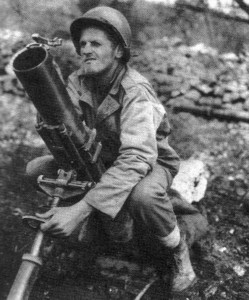 The mortar that had been the center of such controversy had a caliber of 4.2 inches or 107mm. It was a conventional design in that it was muzzle loaded; the crew dropped rounds into the tube from the muzzle. The bomb would slide down the barrel, and its end would strike a firing pin that would detonate the propellant, sending the round back up the tube and on its way.
The mortar that had been the center of such controversy had a caliber of 4.2 inches or 107mm. It was a conventional design in that it was muzzle loaded; the crew dropped rounds into the tube from the muzzle. The bomb would slide down the barrel, and its end would strike a firing pin that would detonate the propellant, sending the round back up the tube and on its way.
Unlike most mortars, the M2 had a rifled barrel to impart a spin to its projectile, increasing accuracy. The weapon was composed of three parts—the 175 pound baseplate that sat on the ground and absorbed the recoil of firing, a barrel 40.1 inches long, and the standard. This piece is connected to the baseplate by two connecting rods and has a single vertical piece that houses the elevating mechanism. The mortar is also equipped with an optical sight that lines up on aiming stakes similar to artillery. The entire assembly weighs 330 pounds.
The weapon could traverse seven degrees to the left or right, and elevation was between 45 and 60 degrees. Up to 20 rounds per minute could be fired for short periods, though this was often exceeded in combat. Minimum range was 600 yards. Maximum range, initially just over 2,000 yards, was improved by war’s end to 4,500 yards, again commonly exceeded in action. High-explosive bombs weighed in at about 25 pounds, while smoke rounds were heavier at 32 pounds. In practice the weapons were often called “chemical mortars” since they were only used by the CWS.
The early chemical mortar units varied in size from company to regiment. Standardization was soon introduced with the battalion as the standard unit, though a few separate companies did see service in the Pacific theater. Battalions had four companies, each with two platoons. A platoon was further divided into two sections, each with three mortars, totaling 12 weapons per company and 48 per battalion. By mid-1942, six battalions existed: the 2nd, 3rd, and 81st through 84th. Four more were created by mid-1943, the 85th through 88th.
Combat Debut in Italy
The baptism of fire for the M2 came with the invasion of Sicily, Operation Husky. Four battalions—2nd, 3rd, 83rd, and 84th—were chosen to go ashore. There were two weaknesses. Only two companies of the 3rd Battalion had received amphibious training, and only the 2nd had conducted training alongside infantry units. Time limitations before the landing meant little work could be done to correct the problems.
Nevertheless, the mortar units went ashore and quickly proved their worth. When the Rangers fought at Gela, the 83rd supported them, helping repulse enemy tank and infantry attacks. The 2nd Battalion finished off a disabled German armored vehicle that was firing on American troops, firing eight rounds that all landed in an area only 15 yards in diameter with one round going right into the open top of the vehicle. The mortarmen also laid large smokescreens to screen friendly movements, in one case keeping the screen up for nearly 14 hours. Unit commanders were generally very positive about the effectiveness of the chemical mortar support, smoke, and high explosive, one even calling it “the most effective single weapon used in support of infantry.”
Still, as with any weapon new to combat use, some shortcomings were noted. Users wanted a longer range. At this point the M5A1 propellant gave a maximum range of 3,200 yards (the 4,500-yard M6 propellant was not yet available). The sight was also criticized as having too small a traverse and lacking illumination for night firing. Using typical G.I. ingenuity, Americans adapted captured Italian 81mm mortar sights, which proved to be a better piece of equipment.
After Sicily, chemical mortar battalions went on to serve at Salerno, Anzio, and throughout the Italian campaign. One battalion, the 83rd, became known as the “Artillery of the Rangers,” beginning its relationship with Colonel William Darby’s Ranger force at Gela on Sicily. The Rangers had no organic heavy weapons, and the M2’s firepower was a welcome addition. During the first two weeks of the Salerno campaign, C and D Companies alone fired more than 14,000 rounds. When the Rangers seized Chuinzi Pass and Mount Saint Angelo, they faced heavy counterattacks from German forces. The fighting became so desperate that mortarmen had to take their place on the line as infantry. Many targets were engaged up to 2,000 yards beyond the four-deuce’s range. The strain of such hard usage caused large numbers of breakages in mortar parts.
Still, the mission was accomplished and Colonel Darby later said the mortar battalion was instrumental in the success. In November, when the Rangers were fighting on the Winter Line, Company B supported them against a German counterattack with over 3,700 rounds. So many rounds were fired so quickly that one of the firing pins in an M2 fused from the heat. In return, German counterbattery fire destroyed two of the company’s ammunition dumps, sending more than 1,000 mortar bombs up in smoke.
When the Rangers went to Anzio in January 1944, the 83rd was still with them. Two companies, A and B, went ashore in the second wave, carried by DUKW amphibious vehicles. Their first fire mission was against an enemy 88mm gun that was shelling the beachhead, and fire from Company B drove it away. Darby ordered the mortars that had already landed to simply start firing in the direction of the Germans, saying, “I want the bastards to know I have something heavy, so they will start digging in. That will give me a chance to maneuver.”
As the Rangers moved inland, the mortarmen went with them although the soft ground played havoc with the weapons themselves, causing more breakages. When Darby’s Rangers made their ill-fated attack upon Cisterna, their “personal artillery” fired for them, trying in vain to cover their withdrawal from the Germans, who had encircled the embattled Americans. Only a handful of Darby’s men avoided death or capture.
While the mortar units were not likewise trapped, tragedy did strike them when the LST (landing ship, tank) carrying Companies C and D to Anzio struck a mine and sank. Even worse, many of the survivors were picked up by another vessel that itself struck a mine and sank with no survivors. The sad episode cost the lives of 293 soldiers; both companies were returned to Naples for replacements and reorganization before joining their battalion at Anzio in April.
The 84th Battalion also landed at Anzio and did its share, firing both high-explosive and smoke missions during the dreadful slugging match that became the battle for the beachhead. It fired over 50,000 rounds during the fighting through May 1944. Other chemical mortar units saw similar action throughout the Italian campaign, including the 2nd Chemical Mortar Battalion that took part in the fighting around Monte Cassino.
The M2 in Western Europe
When American forces landed in Western Europe, chemical mortars, having proven their worth, went with them. There was a shortage of trained units available, however, so only four battalions—the 81st, 86th, 87th and 92nd—were in theater for the Normandy invasion. The 81st landed on Omaha Beach with the 1st and 29th Infantry Divisions, while the 87th landed at Utah Beach with the 4th Division.
Once off the beaches, the mortarmen found themselves in the bocage country, fighting hedgerow to hedgerow with their comrades in the infantry. Casualties were heavy among the forward observer parties, and unit officers each took turns in that role. The chaotic nature of hedgerow fighting often meant the mortar crews had to fight as infantry and defend themselves when German troops infiltrated American positions or when the confusion of battle simply left a gap in the line.
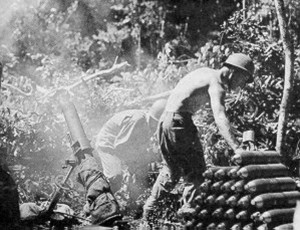 When Operation Cobra, the Allied breakout from Normandy, began, Companies A and B of the 92nd were firing missions to support the 30th Division, itself poised to advance. A massive bombardment by Allied bombers took place to further soften German defenses. In a tragic miscalculation, some of the bombers dropped their payloads over American lines. Both mortar companies were hit with over 200 bombs falling in their battalion area. Beyond the 28 casualties the mortarmen suffered, General Lesley McNair, the Army ground forces commander, had come to France to observe the offensive and was in a position in front of A Company. He, too, fell to the errant barrage.
When Operation Cobra, the Allied breakout from Normandy, began, Companies A and B of the 92nd were firing missions to support the 30th Division, itself poised to advance. A massive bombardment by Allied bombers took place to further soften German defenses. In a tragic miscalculation, some of the bombers dropped their payloads over American lines. Both mortar companies were hit with over 200 bombs falling in their battalion area. Beyond the 28 casualties the mortarmen suffered, General Lesley McNair, the Army ground forces commander, had come to France to observe the offensive and was in a position in front of A Company. He, too, fell to the errant barrage.
On August 15, 1944, Operation Dragoon, the invasion of southern France, began. Two chemical mortar companies were selected to undergo glider training and land with the airborne forces taking part in the assault. These were D Company of the 83rd Battalion and A Company of the 2nd. They landed on the afternoon of D-day near Leluc, France. The next morning they fired concentrations against the town of Le Muy and supported the paratroopers during their missions afterward, Company A remaining with the airborne troops until mid-September.
As the Allied offensive continued into Germany itself, the chemical mortar battalions moved forward. At Aachen the 92nd fired an intense barrage to break up German wire barriers and then began a rolling barrage a mere 150 yards ahead of advancing infantry. When Third Army launched its assault on the fortress city of Metz, the M2’s fire proved ineffective against concrete bastions, but its ability to lay smoke provided much needed concealment during the frustrating and difficult attacks. Chemical mortar battalions served right up to the end of the fighting in Europe.
Problems With the M2
While the mortar units were a valuable asset, they were not without their problems. As the war continued, finding replacements for dead and wounded mortarmen became critical. Many new officers lacked thorough training, and enlisted men were scraped up wherever they could be found. Even when properly trained soldiers arrived, the replacement system often sent them anywhere but where they were most needed.
Another problem was the reliability of the M2 itself. Parts such as elevating screws and springs were breaking far too often, leaving units short of weapons. The screws seemed to be breaking because units were firing their mortars beyond maximum range, putting the weapons into unusual firing positions or using additional propellant. The springs, however, were criticized as being poorly made. If the spring did not work right, it placed added stress on all the other components of the weapon. Spare parts quickly became scarce.
The baseplate was also subjected to scrutiny, and an improved model, larger and heavier than the original, was produced in theater at a steel mill in Belgium. Another partial solution was to attach additional maintenance personnel to the battalions.
A third issue to arise was with the ammunition. Bombs were exploding either in the tubes or just after exiting upon firing. Suspect ammunition was impounded, but the problem continued to occur. Faulty fuses were the culprit, and artillery fuses were substituted.
The M2 in the Pacific
In the Pacific, the 82nd Chemical Mortar Battalion first saw action in New Georgia in September 1943. It went on to fight at Bougainville, where captured Japanese documents stressed to their own artillery to concentrate fire on mortar units whenever possible.
More mortar battalions and companies saw action in the Philippines. The weapons were even used to seal cave entrances, entombing Japanese defenders who refused to surrender. Similar to Europe, problems were encountered with the fuses, especially in the wet, humid conditions of the Pacific. At times ammunition shortages were the biggest handicap.
An innovative use of the M2 was as a fire support weapon for amphibious landings. This gave troops assaulting beaches a weapon to fill the gap between the time shore bombardment stopped and artillery was in place ashore. Mounted on LCIs (landing craft, infantry), the chemical mortars first saw action at Peleliu. The LCIs each mounted three mortars that fired forward over the bow. They would accompany the assault waves toward shore, firing preplanned bombardment on the beach and inland just ahead of the troops. Their fire proved so effective that the original group of four LCI(M)s (the M standing for mortar) was expanded to 60 boats by the end of the war. Many of these took part in the invasions of the Philippines, Iwo Jima, and Okinawa.
Though originally intended to fire only gas and smoke rounds, the four-deuce proved itself a valuable close-support weapon with the firepower of an artillery piece. It was so useful that a succeeding design, the M30, served the U.S. Army into the 1990s in the battalion mortar platoons of armored and mechanized units before being replaced by a 120mm weapon. The M2 helped prove the utility of the large- caliber mortar.
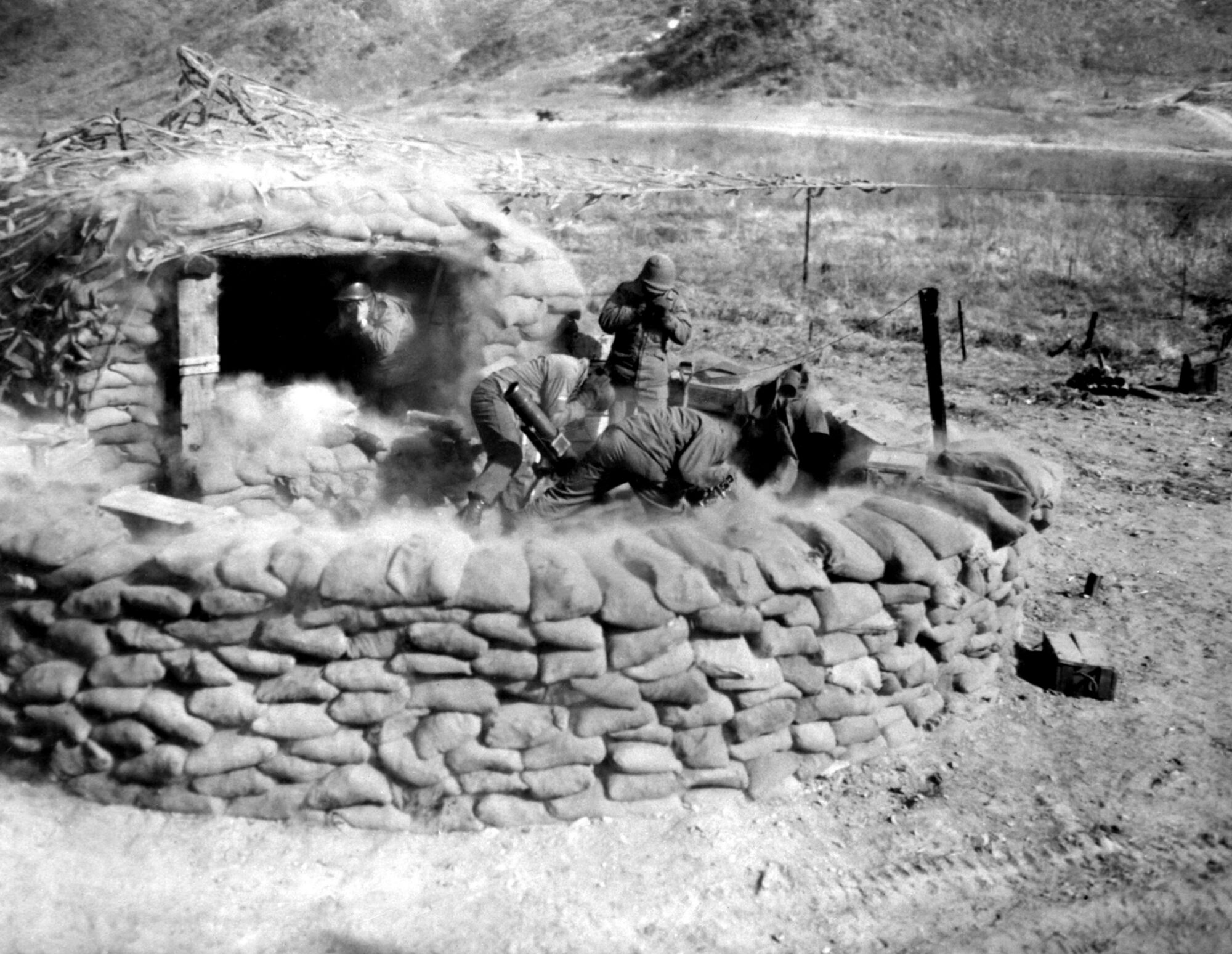
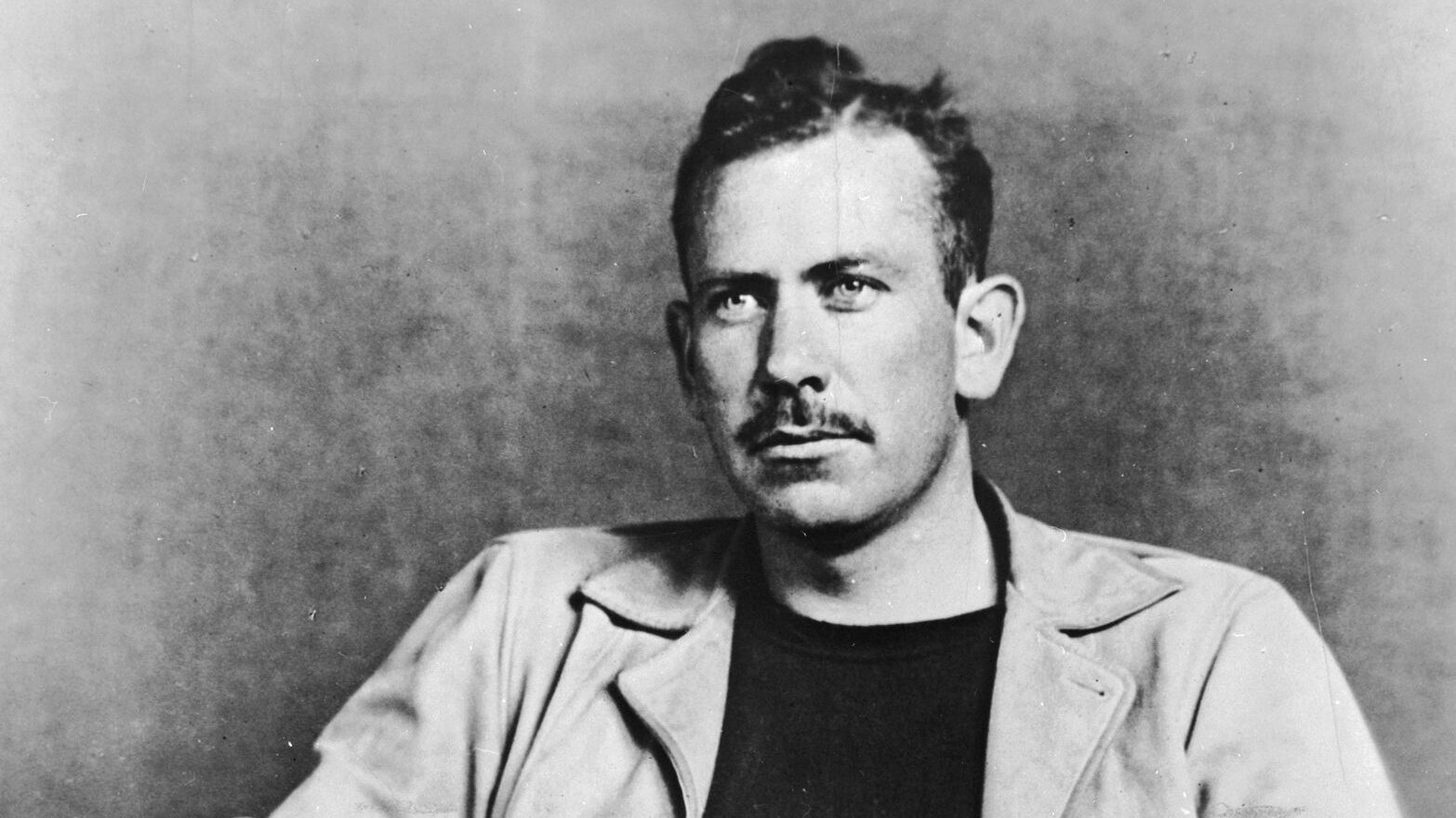
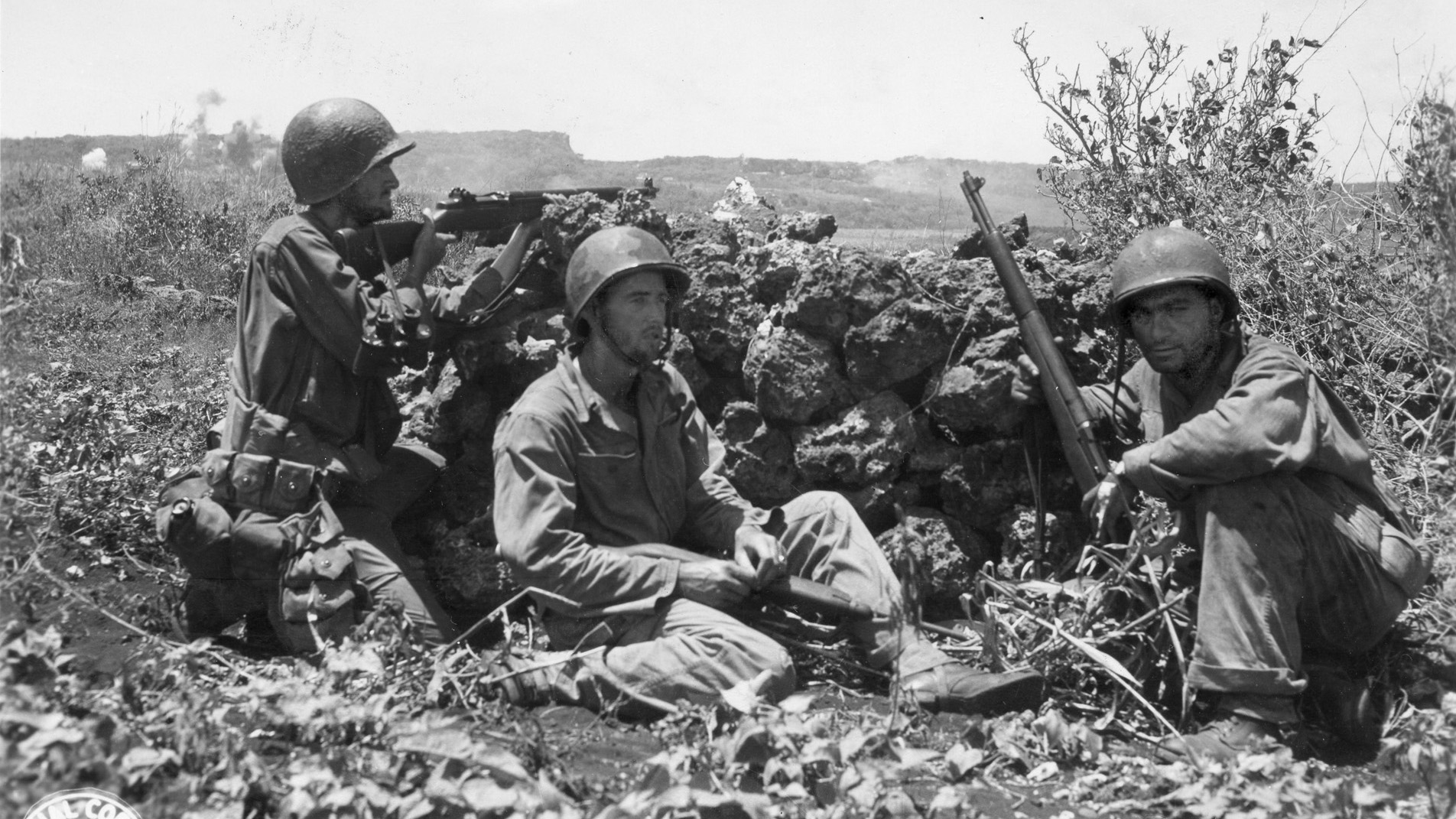
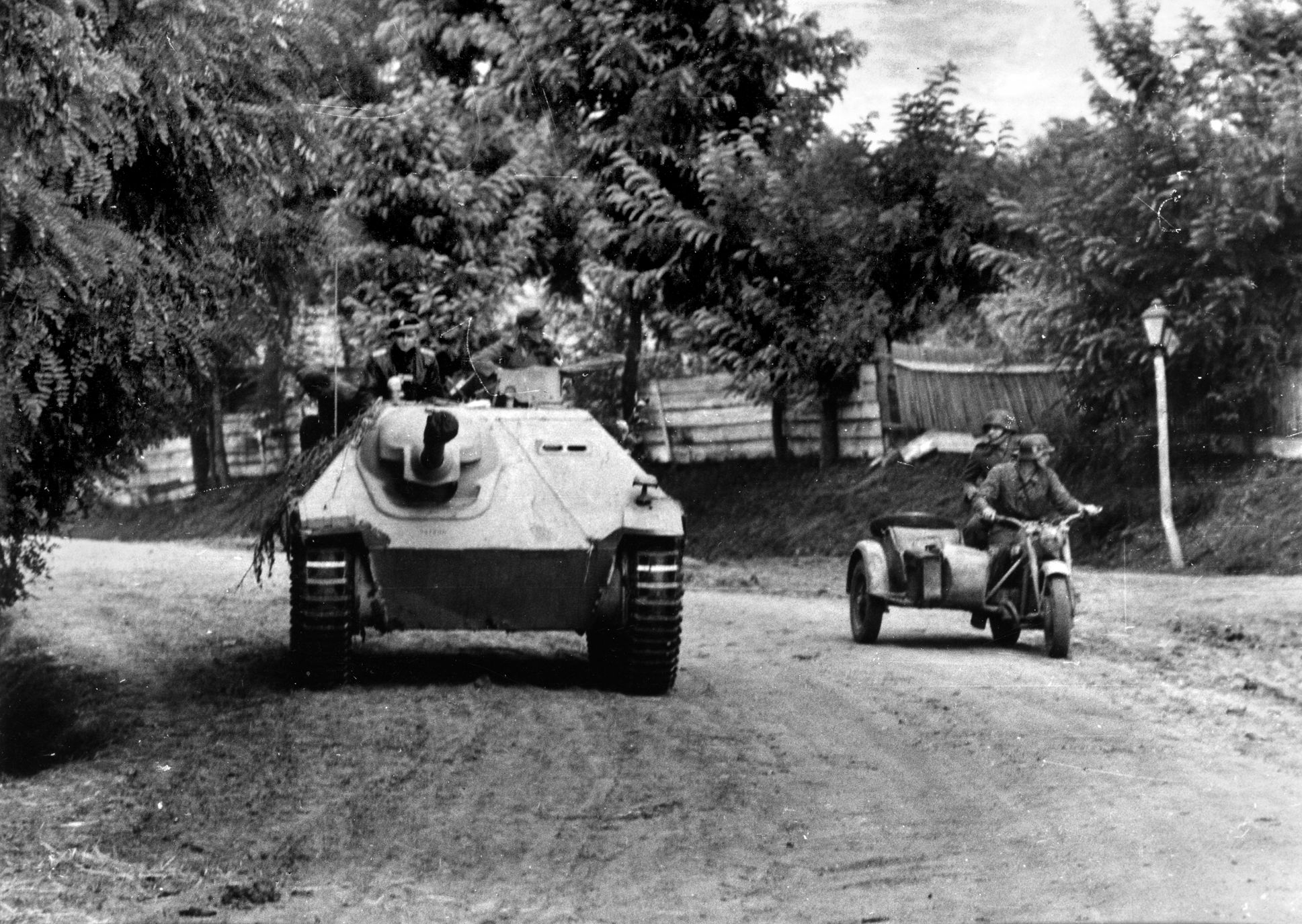
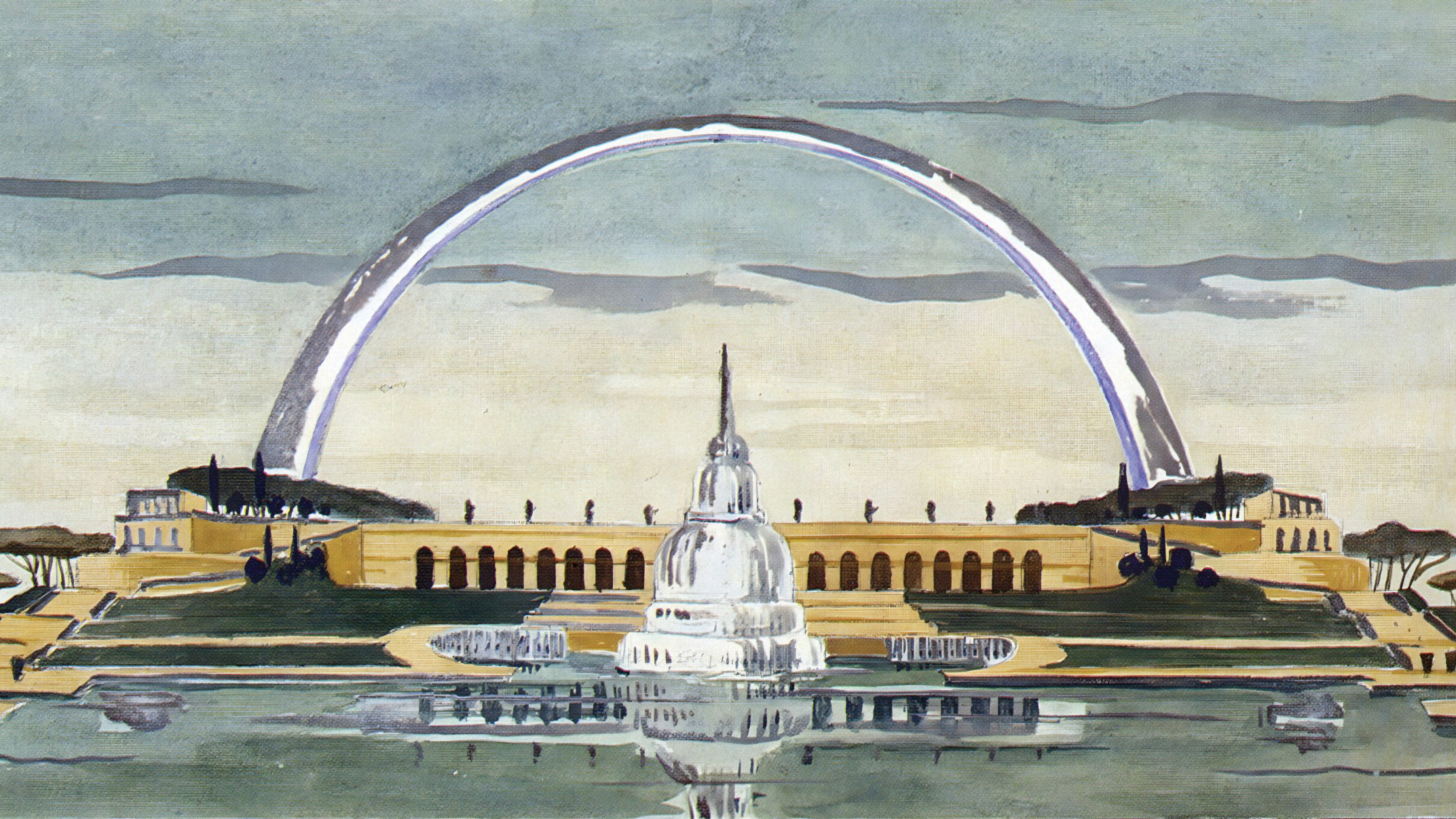
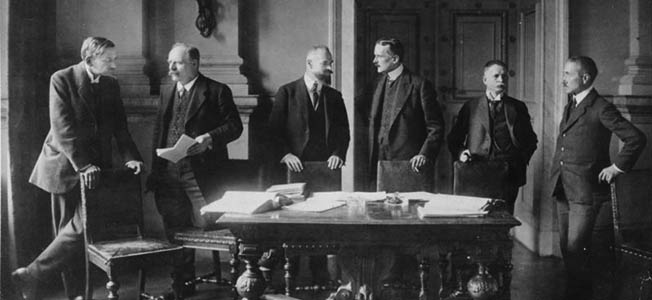
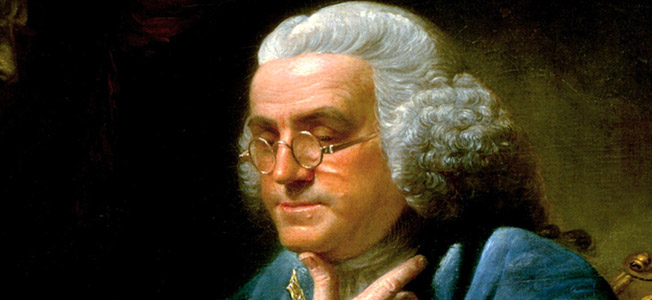
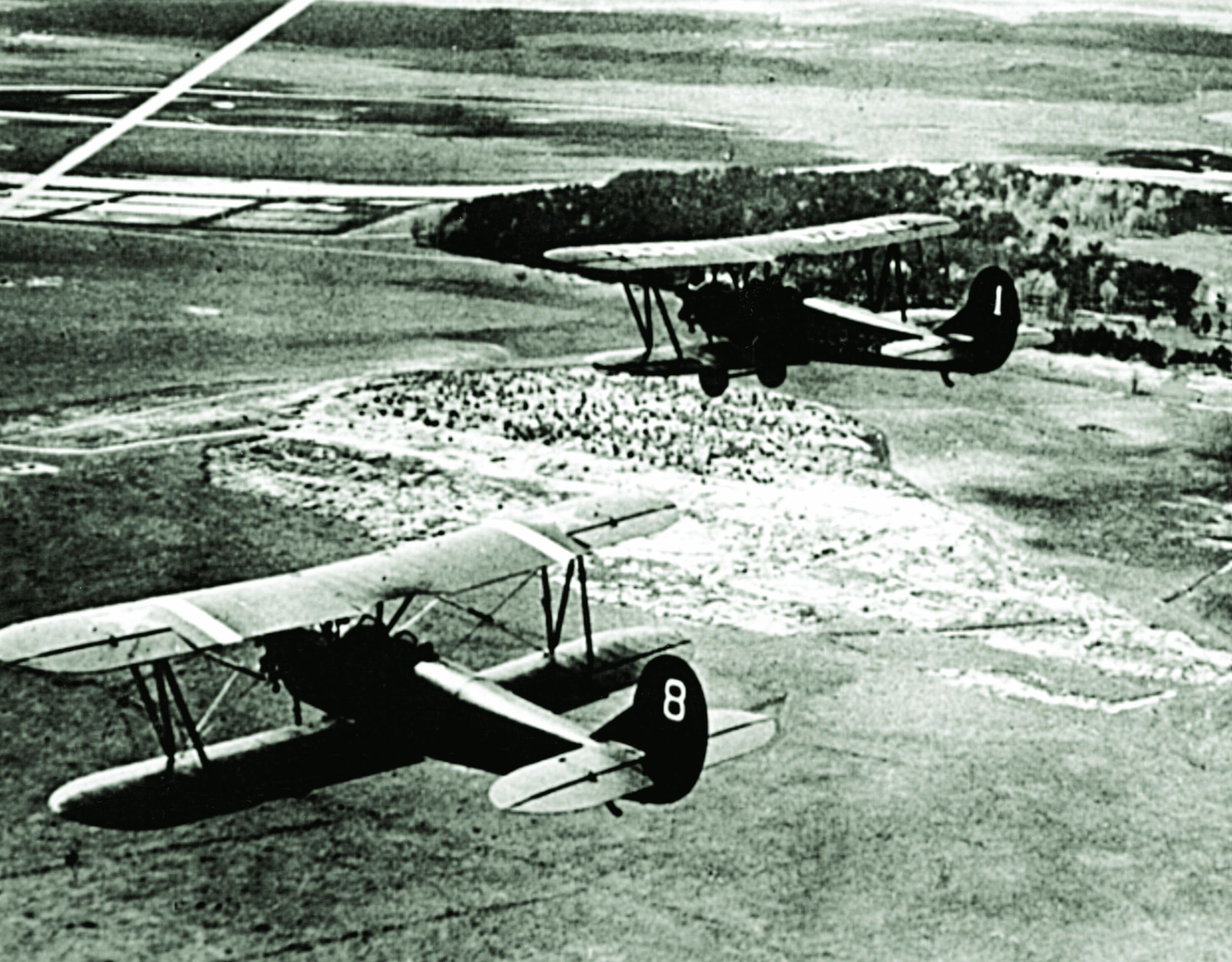
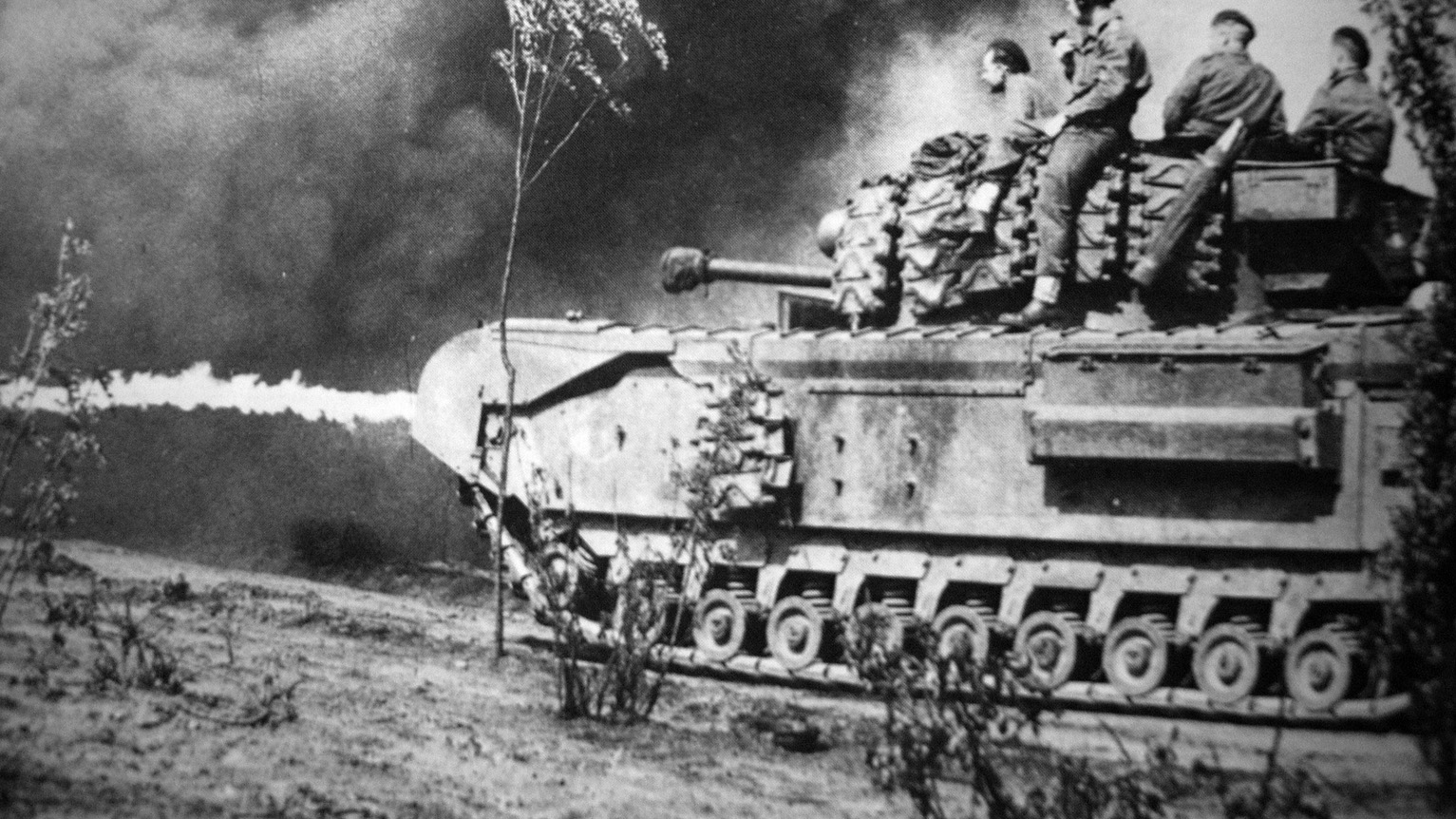
Join The Conversation
Comments
View All Comments